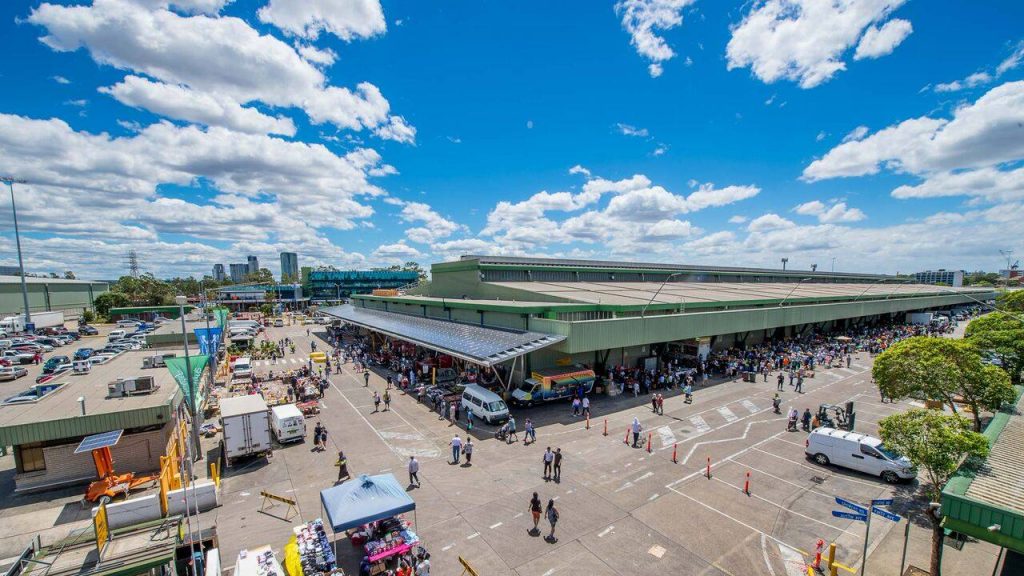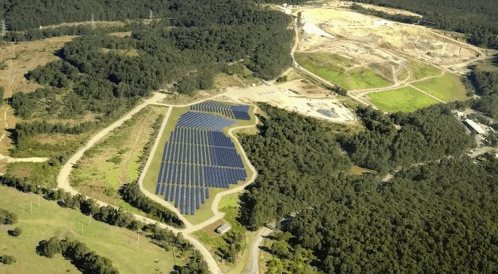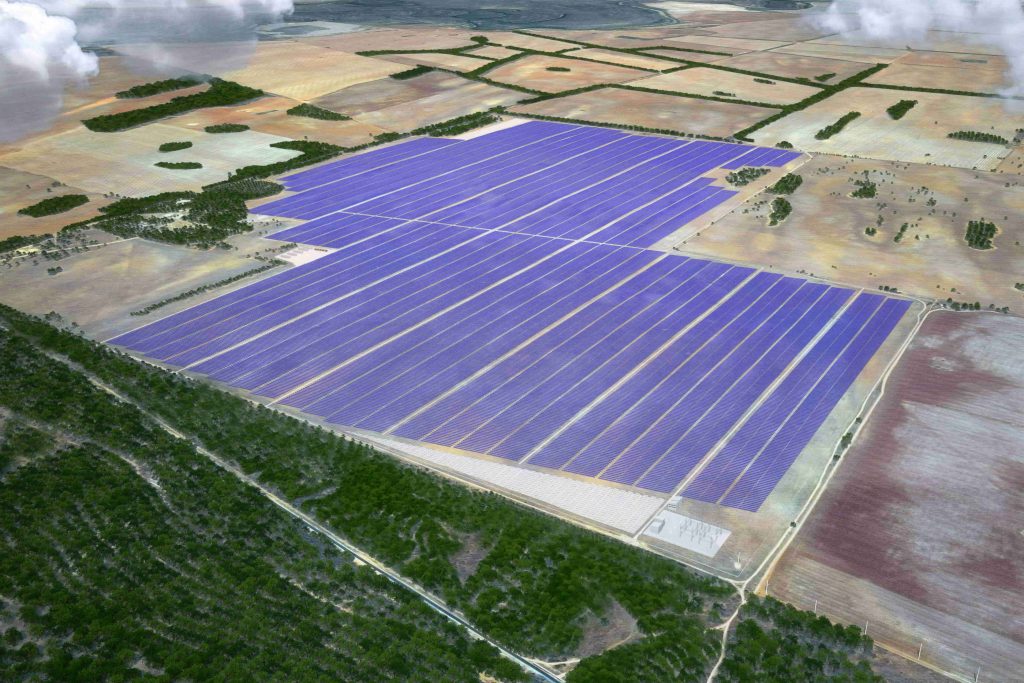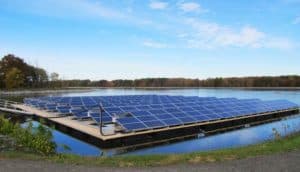The Sydney Markets solar installation at their Flemington location has been turned on – the $8.9m solar system is Australia’s largest private solar rooftop installation and is expected to save the markets millions of dollars in electricity bills.
Sydney markets solar installation

According to Fairfax Media, the panels were installed by Autonomous Energy over a five month period and the 8,600 panels are able to generate more than 3MW – which is about 11% of Sydney Markets’ annual power usage. The markets are the largest food distribution centre in the Southern Hemisphere and turnover around $3b each year, so to see a company this big working on their sustainability is great.
Brad Latham, the chief executive of Sydney Markets, said after stringent modelling, watching the market and seeing what other private solar investment was doing in Australia, they decided it was the right choice:
We’ve been examining solar panels for around five years, the financial models really stack up now,” Mr Latham told Fairfax Media.
“And with current electricity prices and the efficiency of solar panels it makes sense.”
Latham discussed how the Flemington-based Sydney markets already recycle about 70% of their on-site waste and how the renewable energy fits into their wider plan to make the markets as sustainable as possible:
“It’s part of our strategic plan to be leaders in sustainability. This solar power system will enable us to generate sustainable energy, as well as drastically reduce our carbon footprint,” Mr Latham said.
“In order to extract the same amount of carbon dioxide from the atmosphere, 676 hectares of trees would be need to be planted each year.”
Chairman of the Sydney Markets, John Pearson, said this was just the beginning and they have big plants to expand the private solar system:
“Sydney Markets has additional roof capacity to more than triple the generation of this solar system,” Mr Pearson said.
“We may continue to build upon and expand this system to meet our future energy needs.”
Pearson discussed how they think energy storage technology hasn’t quite reached the point where they’re ready to shell out for it, though:
“We don’t think batteries are quite there yet, they are still a little ways off but it depends on the financial models,” Mr Latham said.
Another step forward for Australian businesses installing solar systems!





